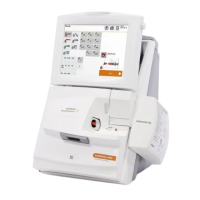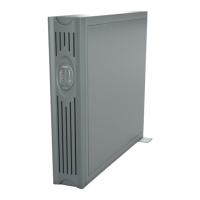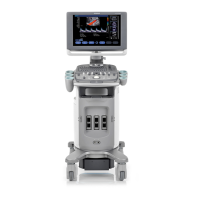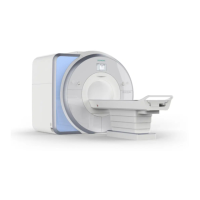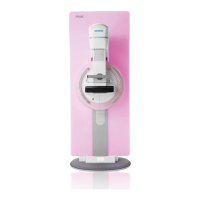1-60 Rapidlab 1200 Operator’s Guide: System Overview and Intended Use
02087462 Rev. V
Gas Exchange Indices
Gas exchange indices are a quick way to estimate the relationship between pulmonary
dysfunction and hypoxia, and to quantitatively determine the degree of pulmonary
shunting. The primary benefit of using gas exchange indices is that they are easy to derive
at the bedside. However, they do not have a high level of correlation with the actual
measurement of arterial and mixed venous blood and should be used with discretion. A
more reliable method is the
sp/ t shunt fraction, which is based on measurements of
pO
2
and oxygen content.
The gas exchange indices are provided with
the Rapidlab 1200 systems for convenience.
Final judgment of their use is at the discretion of the physician.
All gas exchange indices require an arterial sample and
use measured values at patient
temperature.
Alveolar-Arterial Oxygen Tension Difference
The alveolar-arterial oxygen tension difference, pO
2
(A-a), which is sometimes
abbreviated as A-aDO
2
, is useful as an index of gas exchange within the lungs if the ctO
2
measurements are not available. The following equation
36
is used:
pO
2
(A-a)(T) = pO
2
(A)(T)–pO
2
(a)(T)
where pO
2
(A)(T) is the temperature corrected oxygen tension of alveolar gas and
pO
2
(a)(T) is the temperature corrected oxygen tension of arterial blood.
Arterial-Alveolar Oxygen Tension Ratio
The arterial-alveolar oxygen tension ratio, pO
2
(a/A), which is also referred to as the a/A
ratio, provides an index of oxygenation that remains relatively stable when F
I
O
2
changes.
This ratio is useful in predicting oxygen tension in alveolar gas. The following equation is
used:
37
pO
2
(a/A)(T) = pO
2
(a)(T) / pO
2
(A)(T) × 100
where pO
2
(a)(T) is the temperature corrected oxygen tension of arterial blood and
pO
2
(A)(T) is the temperature corrected oxygen tension of alveolar gas.

